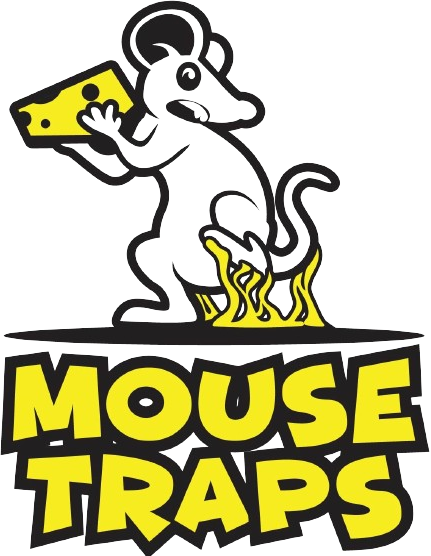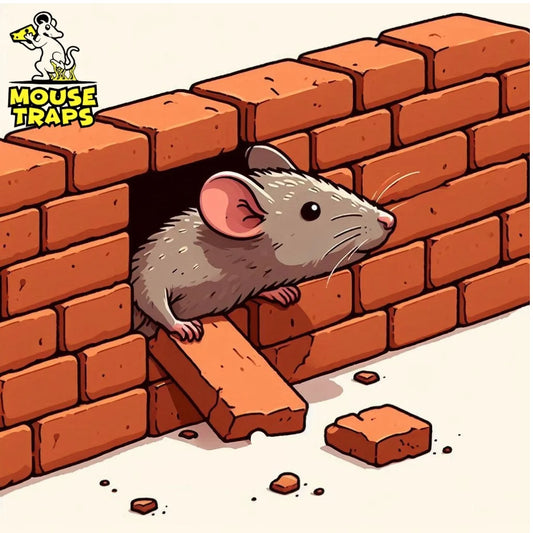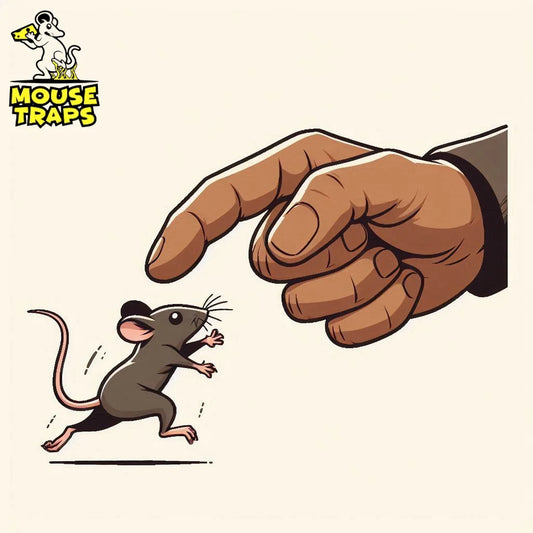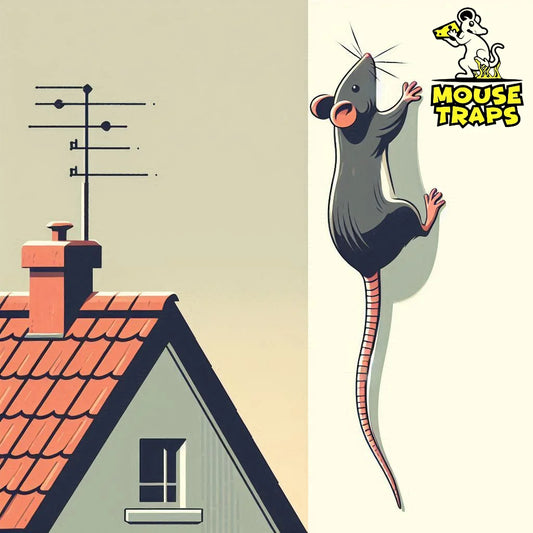Introduction:
Dealing with rat infestations is an issue faced by homeowners and property managers causing damage and health issues. A major problem that comes up when dealing with rats is the collapse of their burrows. These collapses not worsen the rat situation but also create safety hazards and harm buildings and surroundings. In this piece we will explore the signs of a rat burrow collapse, the possible outcomes and ways to effectively handle and resolve the issue.
Understanding Rat Burrow Collapses:
Rats are prolific diggers, creating intricate burrow systems for shelter, nesting, and access to food sources. These tunnels can reach below the surface sometimes running beneath constructions, like buildings, walkways and gardens. The tunnels can cave in for reasons such, as soil erosion, intense rainfall, human interference or disruptions, from animals.
Signs of Rat Burrow Collapses:
Detecting a rat burrow collapse early is crucial for effective control. Here are some signs to look out for:
1. Visible Holes or Mounds: One of the most apparent signs of a rat burrow collapse is the presence of new holes or mounds of soil in and around the affected area. Rats may attempt to dig new entrances or exits to compensate for the collapse.
2. Increased Rat Activity: A sudden surge, in rat activity, like being spotted in daylight or having frequent interactions could suggest that the collapse has disturbed their typical behaviors and compelled them to seek different pathways.
3. Unusual Sounds: Residents may hear scratching, squeaking, or rustling noises emanating from the collapsed area as rats attempt to navigate through the debris or find new pathways.
4. Visible Rat Tracks: Fresh rat tracks in the soil or around the collapsed area suggest recent activity and can help confirm the presence of rats.
Consequences of Rat Burrow Collapses:
The consequences of a rat burrow collapse extend beyond mere inconvenience and aesthetic concerns. They can pose several risks and challenges, including:
1. Structural Damage: Burrow collapses beneath buildings, foundations, or other structures can weaken their integrity, leading to potential structural damage and safety hazards.
2. Increased Infestation: The disruption caused by a collapse may drive rats to seek refuge elsewhere on the property, potentially leading to an increase in infestation if not addressed promptly.
3. Health Risks: Rats are commonly associated with spreading illnesses such, as leptospirosis, salmonellosis and hantavirus. When burrows collapse it can increase health hazards by leading rats to come into proximity, with people and pets.
Strategies for Managing Rat Burrow Collapses:
When a rat burrow collapses it's important to tackle the issue from all angles by addressing both the problem and the root causes of the infestation.Here are some effective strategies:
Secure Garbage and Food Sources:
Limiting rats' access to food and water is crucial for discouraging them from staying in the area. Store garbage in sealed containers, clean up spills promptly, and eliminate sources of standing water.
Seal Entry Points:
Inspect the property for gaps, cracks, and openings that rats could use to enter buildings or access burrow sites. Seal these entry points using materials such as steel wool, wire mesh, or concrete to prevent further infestation.
Consider Rodenticides:
In cases where traps alone are insufficient or the infestation is severe, rodenticides may be necessary. One should be careful when using these chemicals as they could be harmful, to pets, wildlife and children if not used properly.
Professional Assistance:
If managing the rat infestation proves challenging or if safety concerns arise, consider seeking assistance from a licensed pest control professional. These professionals have the ability to carry out an evaluation of the property put in place control strategies and offer continuous monitoring and upkeep as required.
Use Traps:
Set up rat traps near collapsed burrow entrances or in areas where rat activity is high. Choose traps appropriate for the size and behavior of the rat population, including snap traps, electronic traps, or live traps for humane capture and release.
Live Humane Traps:

Humane live traps are created to catch rodents without causing them any harm providing an method, for pest management. These traps typically consist of a cage or box with a trigger mechanism that closes the door once the rodent enters. Here are some points to consider:
- Ethical Considerations: Live humane traps provide a humane alternative to traditional snap traps or poisons, allowing rodents to be captured alive and released back into the wild unharmed.
- Safe for Non-Target Animals: Unlike poisons or glue traps, live humane traps pose minimal risk to non-target animals, such as pets or wildlife, reducing the potential for unintended harm.
- Release Protocol: It's essential to have a plan for releasing captured rodents safely. Choose release sites away from human habitation and ensure that local regulations permit the release of captured animals on public or private land.
- Effectiveness: Live humane traps can be highly effective for capturing individual rodents or small infestations, especially when baited with enticing food sources such as peanut butter or nuts.
- Monitoring: Regularly check live humane traps to ensure captured rodents are not left trapped for extended periods, minimizing stress and ensuring their welfare.
Sticky Glue Traps:

Sticky glue traps are another option for capturing rodents, but they come with ethical and practical considerations:
- Effectiveness: Sticky glue traps can effectively capture rodents by immobilizing them in adhesive glue when they step onto the trap's surface.
- Ethical Concerns: Despite their effectiveness, sticky glue traps raise ethical concerns due to the prolonged suffering they inflict on captured rodents. Animals may struggle and suffer injuries while attempting to free themselves from the adhesive.
- Non-Target Capture: Sticky glue traps are indiscriminate and can capture non-target animals, including birds, reptiles, and small mammals, leading to unintended harm or fatalities.
- Disposal: Disposing of rodents captured on sticky glue traps can be challenging and unpleasant. It's crucial to handle captured animals with care and compassion, using vegetable oil or a similar substance to release them from the adhesive before releasing them back into the wild or humanely euthanizing them if necessary.
- Regulatory Considerations: In some regions, the use of sticky glue traps may be subject to regulations or restrictions due to their potential for causing animal suffering and non-target capture.
Conclusion:
Handling collapsed rat tunnels can pose a challenge, for individuals who own or oversee properties. It requires taking action and implementing measures to minimize hazards and address infestations efficiently. Recognizing the indications of a collapse being aware of its outcomes and using approaches, for handling and prevention can help individuals protect their belongings and create a safer more secure environment for themselves and those, around them. When a rat burrow collapses on your property it poses challenges, for property owners and managers. It's crucial to act and take steps to reduce risks and manage infestations effectively.




